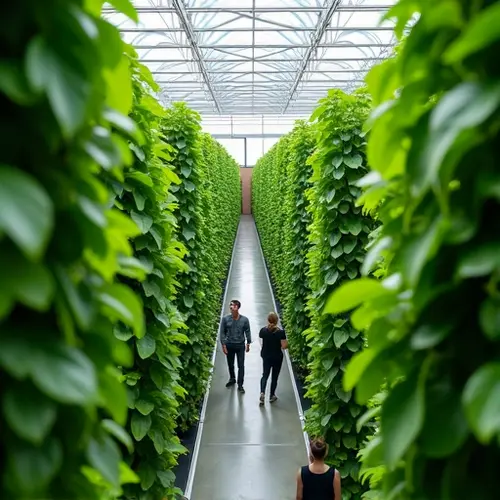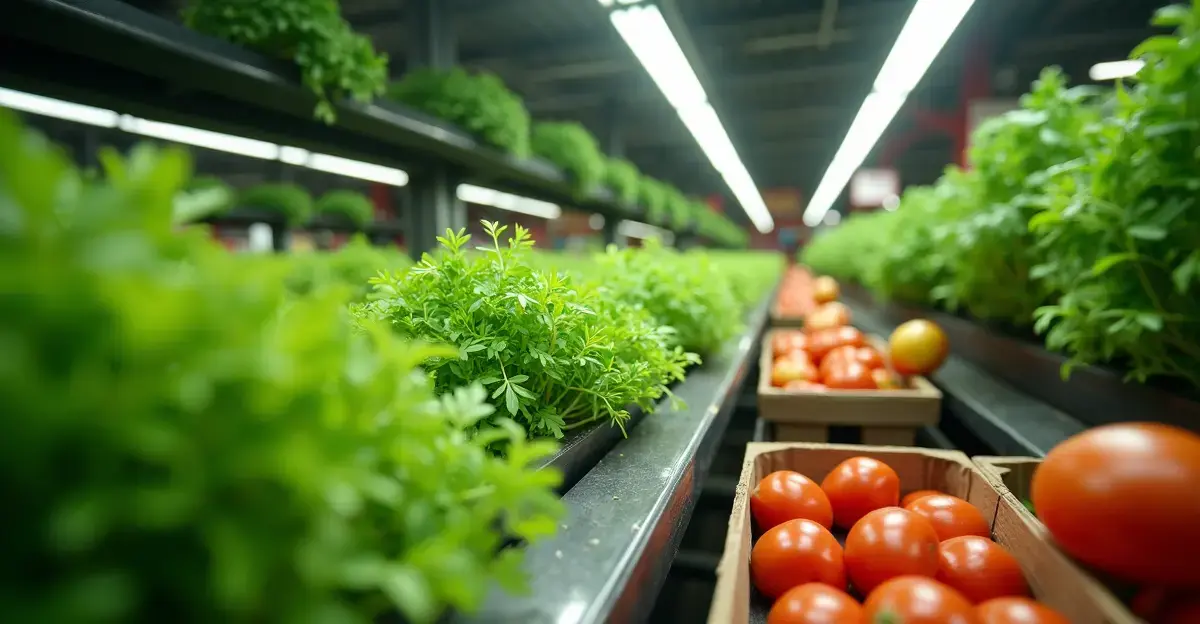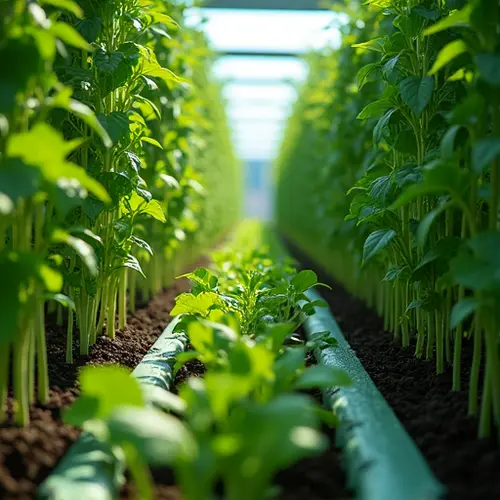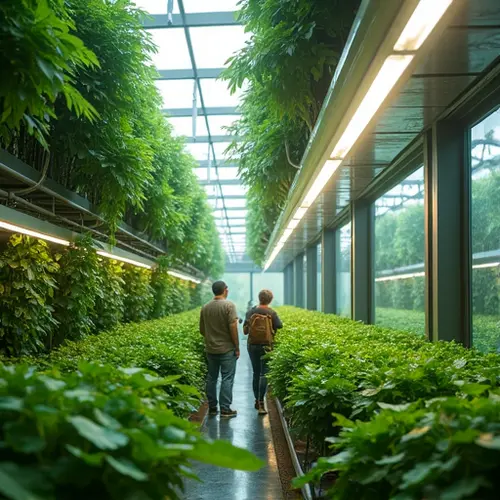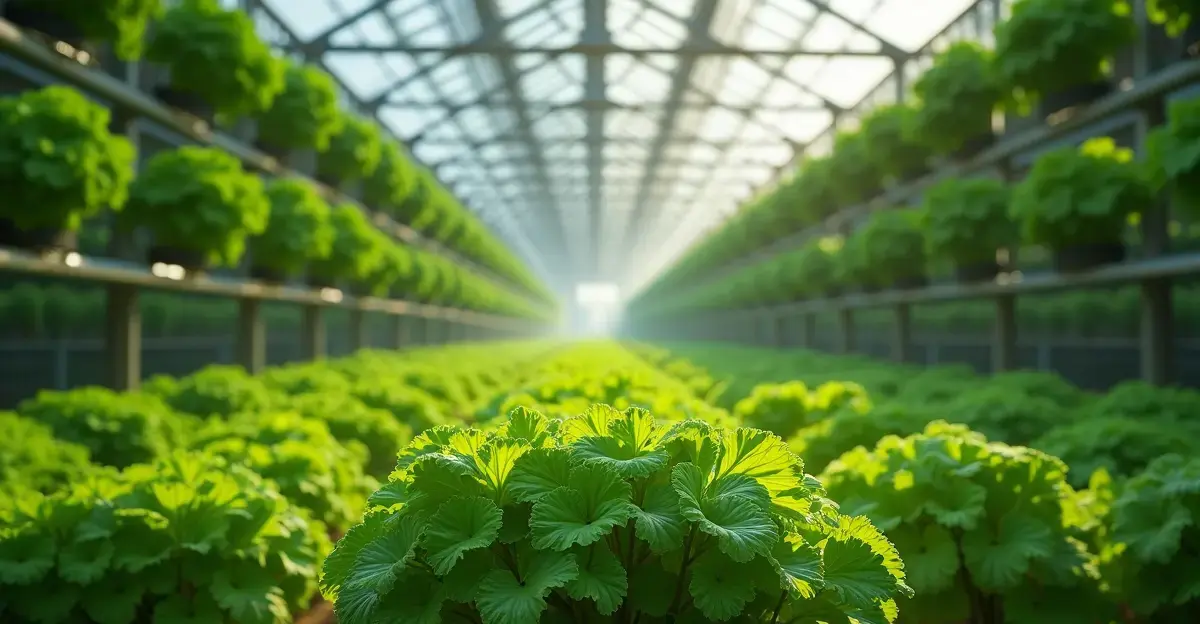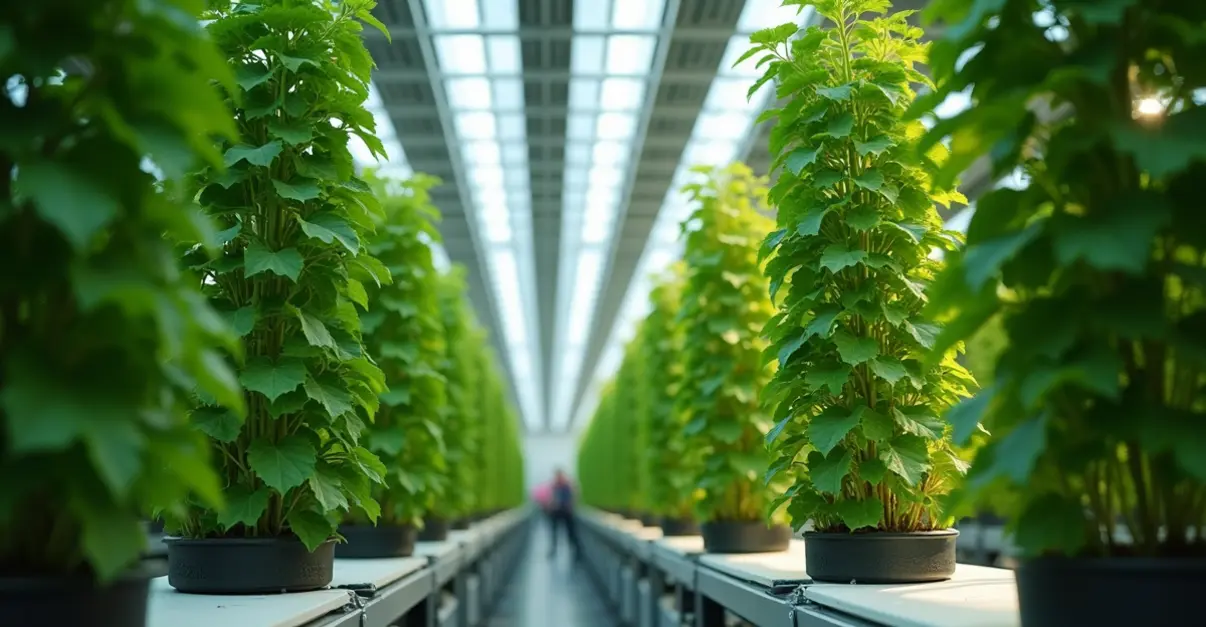Vertical farming towers in skyscrapers use stacked layers and tech like AI to boost crop yields, save water, and cut food miles, with 2025 innovations driving sustainability despite cost challenges.
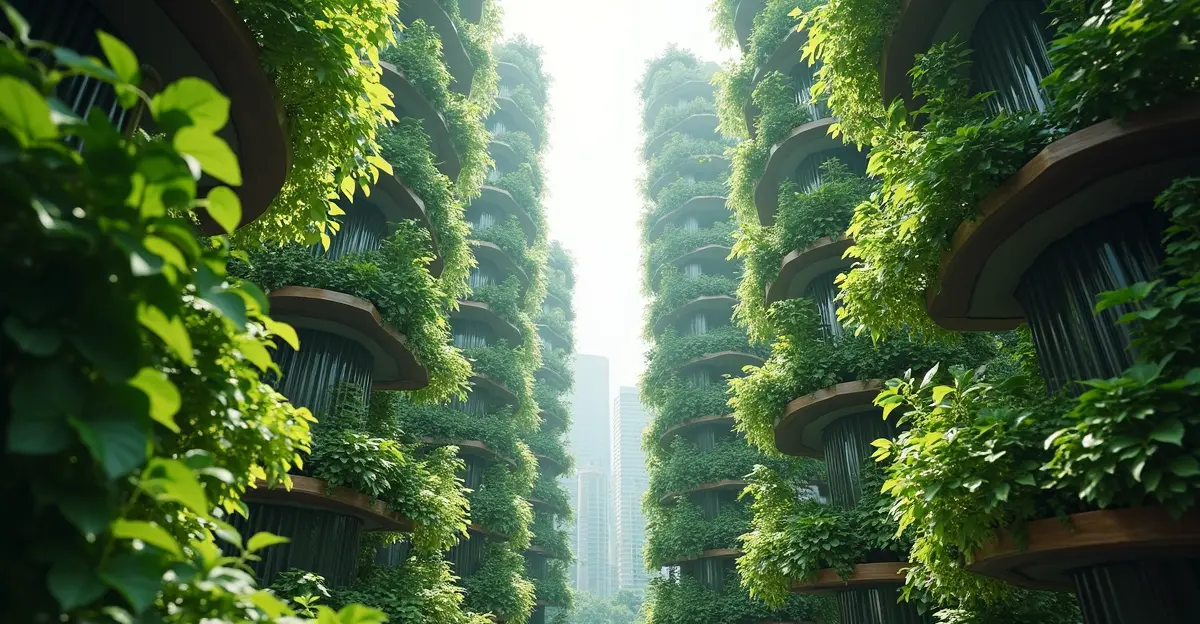
Revolutionizing Agriculture with Vertical Farming Towers
In an era of rapid urbanization and climate change, vertical farming towers are emerging as a groundbreaking innovation, transforming skyscrapers into productive agricultural hubs. These structures, which stack crops in vertically layered systems, promise to address food security, reduce environmental impact, and bring farming closer to urban populations. The concept, popularized by ecologist Dickson Despommier in 1999, has evolved significantly, with 2025 witnessing key advancements in technology and implementation.
How Vertical Farming Towers Work
Vertical farming involves growing plants in controlled environments within buildings, using techniques like hydroponics, aquaponics, and aeroponics. These methods eliminate the need for soil, relying instead on nutrient-rich water solutions or mist. In skyscrapers, multiple floors are dedicated to crop production, with specialized LED lighting simulating sunlight, automated systems for watering and harvesting, and climate control to optimize growth. This approach can yield up to 10 times more crops per unit area compared to traditional farming, as noted in Wikipedia. 'We're seeing a shift from experimental projects to scalable solutions that can feed cities sustainably,' says an industry expert from a leading firm.
Benefits and Innovations in 2025
The benefits are substantial: vertical farms use up to 95% less water, reduce food miles by growing produce locally, and operate year-round unaffected by weather. In 2025, innovations include AI-driven monitoring for real-time adjustments, blockchain for supply chain transparency, and robotics for efficiency. According to a 2025 report, these technologies are making vertical farming more cost-effective and sustainable. 'Our AI systems predict crop needs, cutting waste and boosting yields,' shares a tech developer. Energy challenges are being addressed with renewable sources, such as solar power, to minimize carbon footprints.
Real-World Projects and Challenges
Globally, projects like those by companies such as AeroFarms and Infarm are expanding, with some aiming to cover millions of square feet by 2025. However, high startup costs and energy demands remain hurdles. Industry insights from 2025 highlight a maturing market, where companies focus on B2B models and high-value crops to ensure profitability. 'It's not about replacing all farming, but complementing it where it makes sense,' emphasizes an economist. Urban integration also offers social benefits, like job creation and educational opportunities.
The Future Outlook
As cities grow, vertical farming towers could supply a significant portion of fresh produce, enhancing food resilience. With projections of the market reaching $20+ billion by 2029, continued innovation in energy efficiency and crop diversity is crucial. This approach aligns with global sustainability goals, offering a viable path to greener urban living.

 Nederlands
Nederlands
 English
English
 Deutsch
Deutsch
 Français
Français
 Español
Español
 Português
Português




